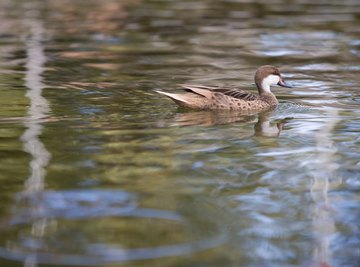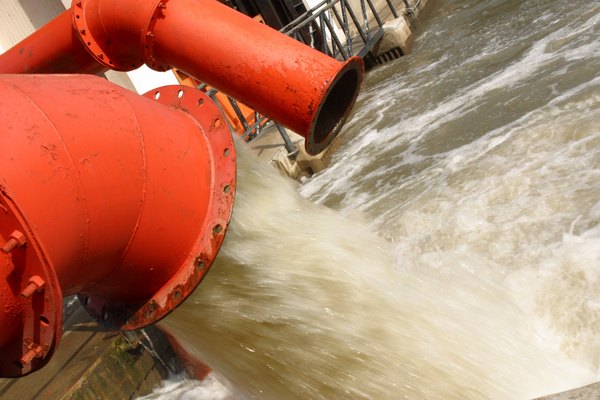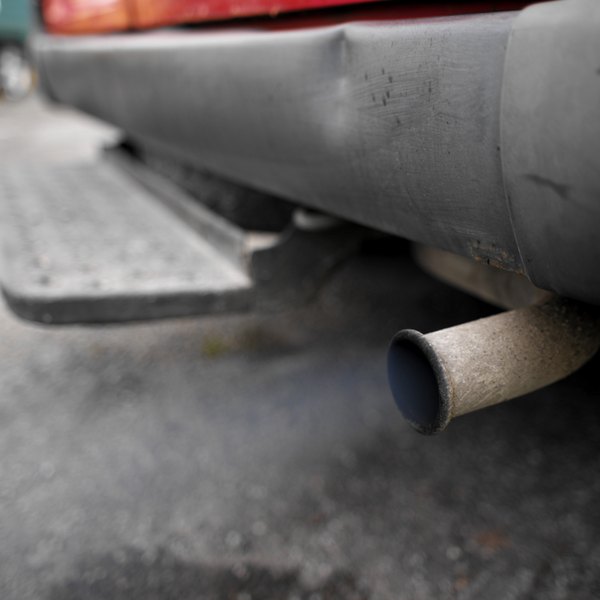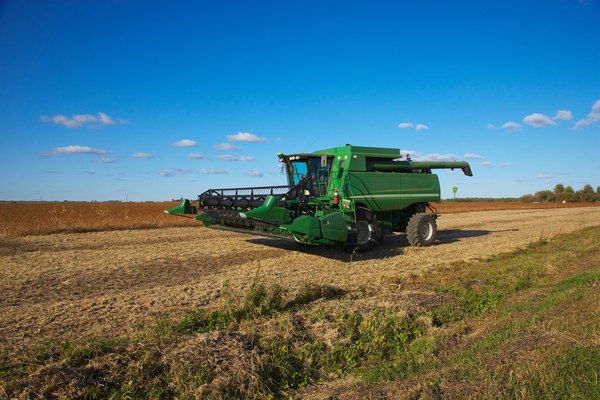
Water is an indispensable resource. It also has the potential to transport pollution throughout broad areas during the course of its natural, continuous cycle. Water is constantly rising through the air and being blown around to different areas. That same water also falls and flows across surfaces, picking up chemicals and other pollutants. Those pollutants are carried into bodies of water, back into the air and into the water supplies of plants and animals.
Industrial effort

Industry is responsible for a large amount of pollutants including ones that pollute water. Legislation has been passed forcing industry to make efforts to clean up their waste. Through reducing the waste that they produce, it has been possible to reduce the amount of pollutants that enter the water cycle. Proper disposal of industrial waste has also had a large impact on the amount of pollution that plants and other industrial facilities introduce into the environment and specifically into the water cycle. Changing the products that they produce has had some impact. By making products that will be disposed of, degradable industries have been able to reduce the lifetime of possible pollutants, including plastics. Continuing to make process cleaner to reduce waste, better disposal of any waste created and the creation of products that, after use, result in less pollution are all ways that industry can continue to reduce their contribution to water pollution. Legislation continues to require these efforts and has prompted action to clean up the pollution already in existence.
Transportation

By choosing hybrid and electric cars, individuals can reduce the amount of pollution their individual transportation creates. While exhaust is a pollutant and can enter the water cycle, traditional cars offer a large number of other pollutants the opportunity to enter the water cycle. Antifreeze, motor oil, greases and other chemicals that are involved in the operation of many automobiles are potential water pollutants. Proper maintenance of your existing vehicle and proper disposal of any waste can help your automobile have less of a negative impact also. Another step is to consider public transit at least once a week and bicycle or walk for your health and the environment. "Green" antifreeze is available and can help reduce the pollution from these chemicals. Recycling your oil after an oil change can also keep less oil from reaching water sources. Although hybrid and electric cars do still require the use of some of these chemicals, you can at least reduce your contribution to water pollution by choosing these vehicles over traditional ones.
Farming solutions

Choosing organic options can help to reduce the amount of water pollution. These items are grown without the use of chemicals (fertilizers, pesticides, and so on). Those chemicals, when used, enter the water cycle. Organic products don't introduce those chemicals to the water cycle.
Caring about waste

By properly disposing of all waste, you can help to reduce the amount of water pollution that is created. Also the proper management of mass waste disposal can help to control the introduction of pollutants into the water cycle. Simple steps like not storing waste by running water and controlling runoff in areas where waste is stored can help to reduce the amount of pollution introduced into the water cycle by the stored waste.
Stopping the cycle

There are ways to interrupt the natural water cycle and prevent pollution. In some places simply filtering water before allowing it to continue its natural flow may be sufficient. A natural and beautiful method of doing this is being used in many places. They are called rain gardens. They are specifically designed with plants that will absorb water that otherwise would have runoff into waterways. This measure also stops contaminants that may have been washed into those waterways.
References
About the Author
Amy Jorgensen has ghostwritten more than 100 articles and books on raising and training animals. She is also an amateur dog trainer. She has also written more than 200 blog posts, articles, and ebooks on wedding and party planning on behalf of professionals in the field.
Photo Credits
Photos.com/Photos.com/Getty Images
